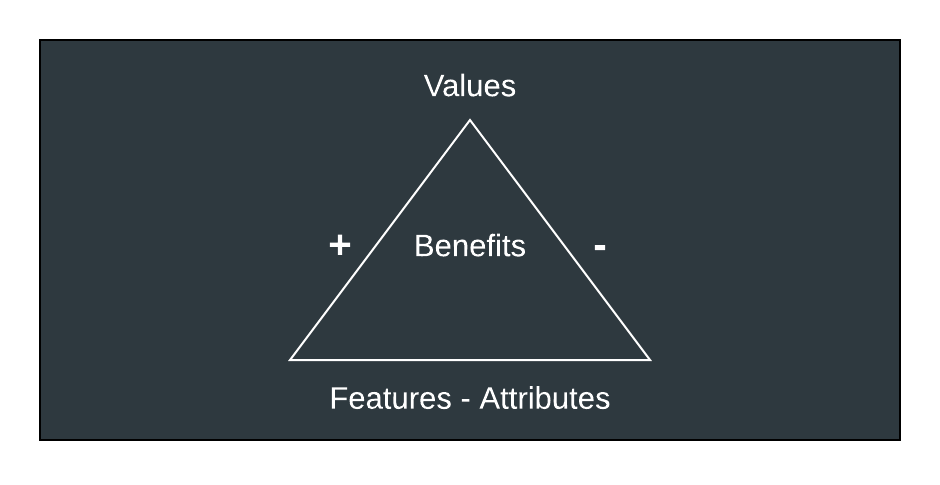
Salespeople are trained to always highlight the value of the product or service they are selling. And that value is often what the product or service offers to fulfill a buyer’s need and/or answer a problem he has.
But what must you, as a company or sales team, do to really identify the needs of YOUR buyers?
For this, you must do a customer needs analysis.
What is a Customer Needs Analysis?
Customer needs analysis is identifying what your prospect requires and/or wants from a product or service. Yes, what they require and/or want—and these are two very different things.
These two are defined as such:
A need is a consumer’s desire for a product’s or service’s specific benefit, whether that be functional or emotional.
A want is the desire for products or services that are not necessary, but which consumers wish for.
And then there’s demand. It is defined as the economic principle that describes a consumer’s desire, willingness, and ability to pay a price for a specific good or service.
Customer needs analysis is a means-end approach. Customers make purchase decisions based on product features that get them to a value-based goal or state.
That value-based goal or state can be any of the 23 customer needs we have identified. These can be fundamental needs (understanding and empathy, options and alternatives, etc.) and/or features and benefits needs (functionality, price, design, etc.).
Means-end analysis identifies linkages between three areas of product and customer interaction.
- The first area is the product features and attributes.
- The second area is the real and perceived benefits that a customer will receive from the use of the product.
- The third area is the unique values or traits of a customer that will enable them to experience those underlying benefits, such as functional, physical, financial, social, and psychological traits.

(source)
Why is a Customer Needs Analysis Important?
Customer needs analysis has been used in product, service, and concept development. Companies design products, services, and concepts with customer needs in mind.
As a salesperson, you can use customer needs analysis to:
- Craft your unique value proposition (UVP) or unique selling proposition (USP)—or your elevator pitch
- Align with marketing in strategizing for brand positioning and marketing campaign strategies. We’ve talked a lot about the importance of sales and marketing alignment. With your customers’ needs identified, you can maximize the synergy of these two teams. The result? More powerful sales tools.
- Tailor the content and/or messaging. This can be your emails, newsletters, social media posts, etc. that you send out directly and indirectly to prospects. Your messages will target exactly what they are hoping to hear from you: how you can fulfill what they need, want, or demand.

Photo by Austin Distel on Unsplash
How Can You Do Customer Needs Analysis?
There are formal and informal ways to analyze your customers’ needs. We recommend that you choose the channels most appropriate to your industry and business kind and size.
- Surveys and/or questionnaires: You can conduct these surveys and/or questionnaires online or offline.
- Feedback mechanism: This is also something you can have online or offline. Gaining feedback from past and present clients or would-be buyers that you encounter or meet every day is a great way to get feedback.
- Focus group discussions or consumer research groups: You and your team can conduct this or you can have a third party organize and administer one for you. Gathering a choice group of customers can yield some insight into what they are thinking. But it’s very important to have trained interviewers in this setting. You want to extract the right information, so make sure that they are asking the right questions. Do note though that it’s been said that in some FGDs, respondents respond based on how they think you’d want them to. This means you can’t always expect 100% honest feedback.
- Pipeline analysis: How does your customer move through the pipeline? This can give you some cues on their needs based on how they purchase (or not purchase).
- Keyword research: What are your potential buyers searching for online?
- Social listening: What are your customers saying about you or your competition on social media? (More on this in a separate post.)
Customer needs analysis can help improve your win rates. But before you proceed, make sure that when talking and listening to customers to analyze their needs that you are talking to the right ones. They must fit your ideal customer profile (ICP) and/or buyer personas.
Photo by John Schnobrich on Unsplash





